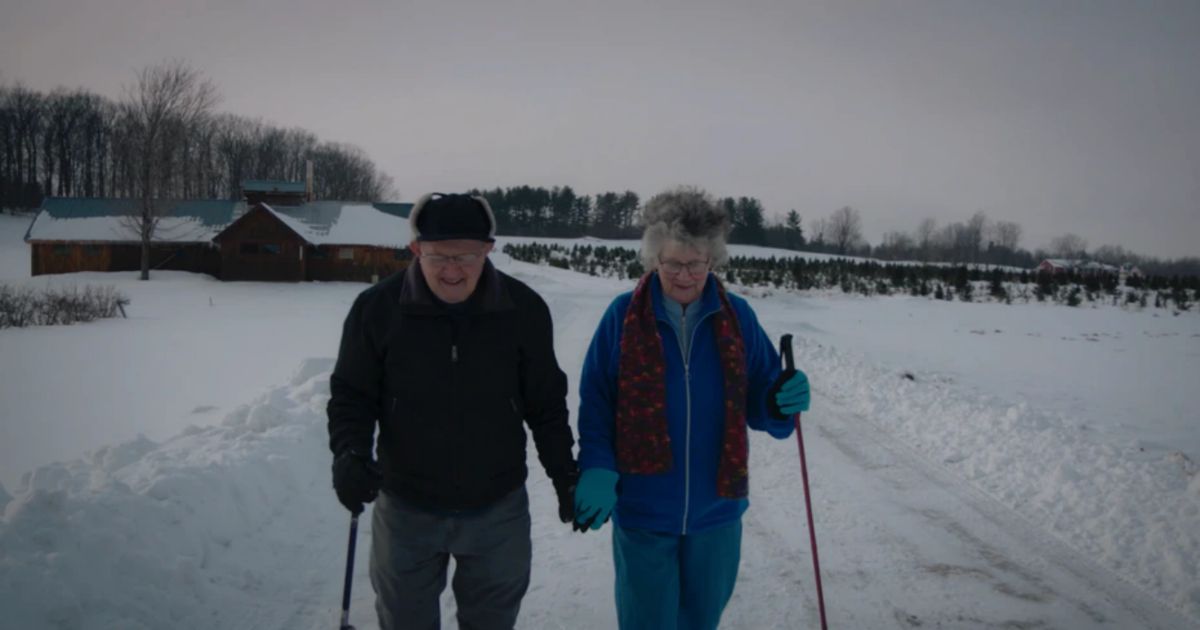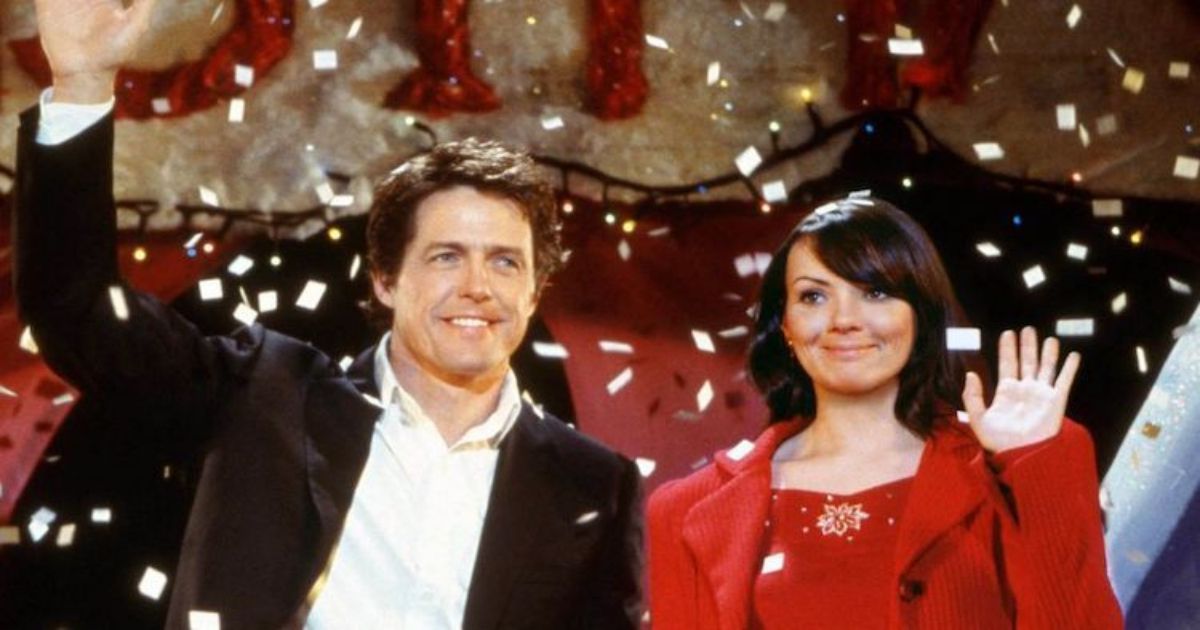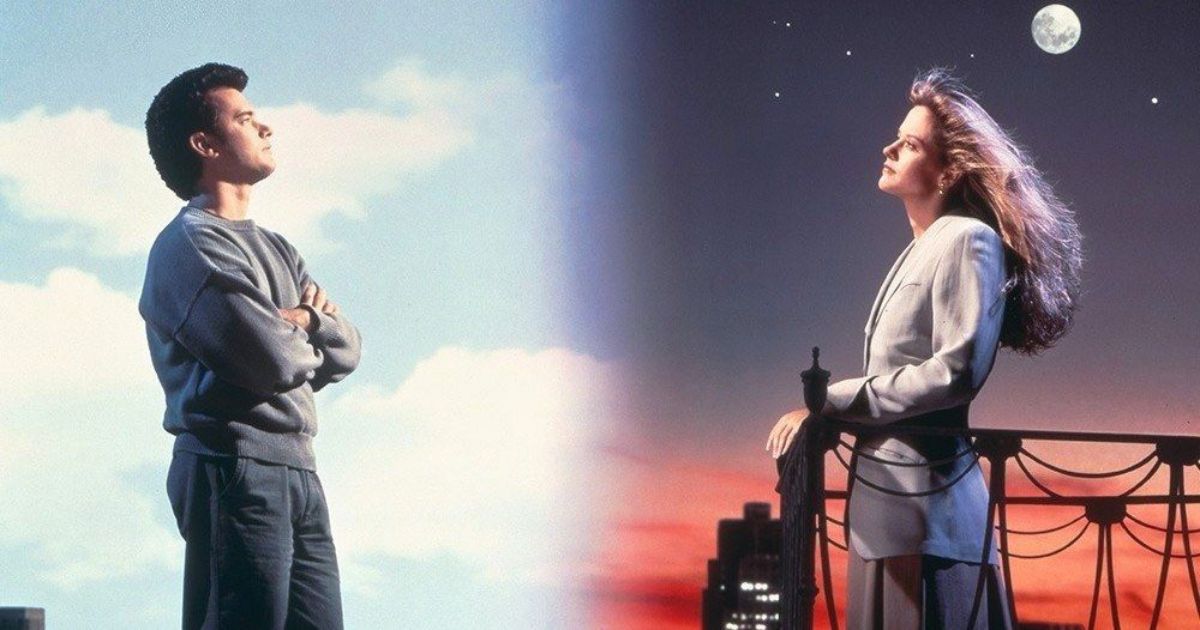If you get your idea of what love is like from movies and television, we've got some bad news for you — that's not how it truly is. Not everything is as overblown and dramatic as Carrie Bradshaw and Mr. Big from Sex and the City or as fated and magical as Sam and Annie in Sleepless in Seattle or as doomed yet perfect as Rose and Jack in Titanic. Yet, from the time we can sit through a movie, those are the types of relationships that Hollywood tells us we should be striving for.
Even How I Met Your Mother portrayed unrealistic versions of love. Barney was a womanizer, Ted spent the entire series searching for his love, and Robin couldn't get past her hangups. Marshall and Lily, the most traditional couple of the series, don't even have a realistic relationship. Netflix's Always Be My Maybe and To All The Boys I've Loved Before come close to depicting something somewhat real, but they still infuse too much romance, over the top gestures, and drama into their relationships.
All of this does us a disservice, because over time we expect the real-life humans in our lives to act like the characters in movies. When they (or the relationship) inevitably fall short, we grow bored and restless and ready to move on to the next person, someone who might fulfill the fictional fantasy. The Netflix series My Love: Six Stories Of True Love takes a look at six real couples whose relationships have stood the test of time. All the couples in the series have been married for decades and each episode looks at a couple in a different country: the US, Japan, Spain, Korea, Brazil, and India.
Lies Hollywood Tells Us
What's your favorite movie or television series featuring a love story? Is it The Holiday? Sure, that's realistic. Two women on two continents house swap after disastrous ends to their respective relationships -- well, in one case, her douchey long-time on/off crush. They both find love while staying in each other's houses. Yeah, because everyone has a brother that looks like Jude Law, is sweet and sensitive, with two perfectly behaved daughters. And everyone has a quirky and funny friend who realizes he isn't in love with his skinny actress girlfriend, but rather the curvy girl from England.
Love Actually showed us that a Prime Minister would go door to door to find the secretary he fired, so he can express his love for her at a middle school Christmas pageant. Yeah, cause that happens. While the film famously said, "Love actually is all around us," and that is true, it's not the grand, bombastic, emotional, big, crazy, event-filled love that Hollywood has continuously served us. This has been happening for basically a century.
Let's go back to the mid-20th century with Brigadoon and Daddy Long Legs as examples. In 1954's Brigadoon a mystical, magical town in the Scottish highlands appears once every 100 years. Two modern-day bachelors wander into it and fall in love. They go back to their time but cannot forget the women they left in Brigadoon, so the town reappears just to let them back in; the famous film was recently lampooned with the delightful Apple TV+ original show Schmigadoon, which upends all those romantic fantasies (mostly from the male gaze). In 1955's Daddy Long Legs, Fred Astaire plays a wealthy businessman clearly in his 50s who sponsors a college girl (Leslie Caron) from France to study in America. Naturally, they fall wildly, passionately in love.
Hollywood has been serving audiences lies about love for as long as they've been making films (deceptions which were often written by older men). After all, drama and big gestures are cinematic.
Over The Top Gestures Are Not The Norm
Going back to Sleepless in Seattle, which is actually based on 1957's An Affair to Remember, Sam and Annie make a plan to meet on top of the Empire State Building on New Year's Eve. Sam and his son live in Seattle; Annie lives in Baltimore. They nearly miss each other but, because this is Hollywood, they don't and their fate (and relationship) is sealed.
Let's throw it all the way back to 1984's Sixteen Candles, where Jake shows up at Sam's sister's wedding just to remind her that he's thinking of her. In 1989, John Cusack holds up a boombox in Say Anything, solidifying the ridiculous romantic gesture (which would probably be classified as stalking today) in coming-of-age romances. Even the beloved mother-daughter show Gilmore Girls is guilty of unrealistic over the top romantic gestures, such as when Max gave Lorelei 1,000 daisies.
And let's not forget Friends — remember when Monica and Chandler got engaged? She had the entire apartment covered in lit candles and proposed to him. There were literally hundreds of candles. This is not only a fire hazard, it would be incredibly difficult to pull off (we can probably blame that on the set designers). In fact, Friends, like countless television shows, features numerous will-they-or-won't-they relationships which, in reality, are extremely unhealthy and emotionally painful.
'My Love' is Gentle, Kind, and Boring By Hollywood Standards, Just Like True Love
We hate to be the bearer of bad news in the form of reality, but real love is nothing like it is depicted in 99.9% of movies and television shows. In the great Netflix series My Love: Six Stories of True Love, viewers are introduced to six long-time couples. The filmmakers spent a year following these couples around to document the kind of real, lasting love that people truly have. It's not flashy, it's not glamorous, and it's not clichéd. It's planning for retirement together, purchasing your plots at the cemetery, making out your wills, trying to survive day to day, getting over small disagreements, and simply being there for each other after decades of building a family and a life together.
Ginger and Bob, the couple from the US, are from Vermont and have been married for 60 years. In one scene, she tenderly cleans up the hair on the back of his neck. In another, they celebrate their anniversary with their friends. They live on a farm that produces maple syrup. In Spain, Augusto and Nati are retirees who still flirt with one another, which helps them deal with health problems and Augusto failing his driver's test. In Japan, Kinuko and Haruhei met decades ago at a medical facility where he was getting treated for leprosy. Now the tables have turned, and he's the caretaker for his beloved wife as she deals with grave health issues.
The other three couples in My Love: Six Stories of True Love are similar and prove that real, enduring love looks nothing like the love portrayed in movies and television shows. It is quieter, gentler, kinder, and, by Hollywood's standards, simply boring. But consider this — no couple could survive the grand gestures, dramas, and ups and downs of the kind of love that plays out on screen; real love has to be boring to survive.
Love grows through the years because of the life people build with their spouse or partner. It endures because of the things couples go through together. Romantic films usually end with a couple getting together or making up, and when the credits roll on a movie or television show, that's it. But real life continues; day after day, couples wake up and go about their lives, go to sleep at night, and get up and do it all over again. That so-called boring, simple love is actually a gift, one that, if we're lucky, we all get to experience at some point in our lives.




.jpg)
